Don't Let Them Get Your Goat
Hiking with Pack Goats in Montana

The forest road I was ascending made a four-wheel-drive two-track look like an interstate highway. Bouncing along behind my truck was a half-ton trailer. Bouncing along within the trailer was my uncomplaining pack goat, Grover. Our destination was a cross-country hike to a mountain lake in Northwest Montana. Because of my granny-gear crawl over the bumps and bruises of the forest road, I was keeping a close eye on my side mirrors, alert to any “traffic” that I pulled over to let him by. To my surprise it was a USDA Forest Service vehicle and the driver stopped beside me. He rolled down his window and smiled.
“I gotta ask,” he said. “What’s with the goat?”
“His name is Grover, and he’s my pack goat.” The driver greeted this news with widened eyes and faded smile. “What the heck is a pack goat?” he asked.
“Silly, it’s a goat that carries my stuff so I don’t have to.”
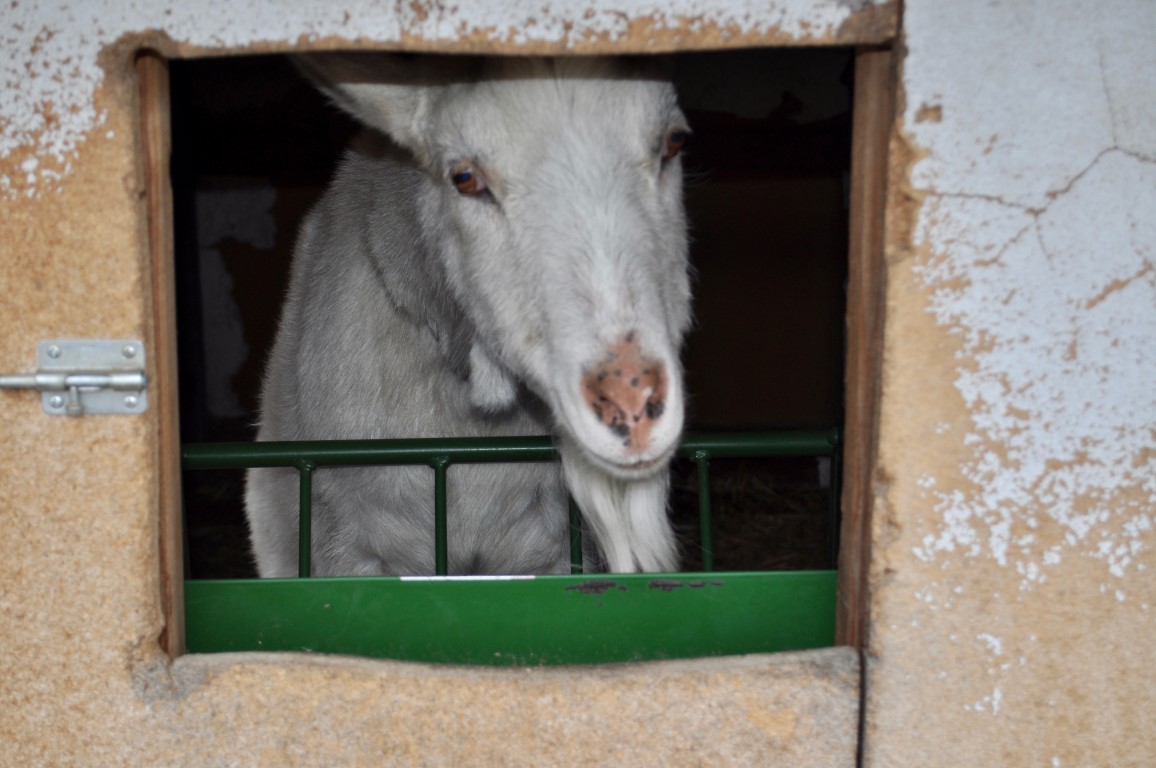
But a pack goat is more than a beast of burden. For an aging hiker, it’s assistance for complaining knees that just won’t give up the backcountry. Grover has accompanied me on many hunting and backpacking trips, extending my range and allowing me to carry more stuff. In the days B.G. (Before Grover), I’d begrudge every ounce that went into my pack and on my back. Now all that stuff goes on Grover’s back - or rather, in his panniers and then on his back. Many people have a hard time visualizing goats as pack animals. But then again, when most people think of goats, the image that comes to mind is one of those cute little miniature goats sometimes kept as pets. But decent-size pack goats will go 150 to 225 pounds, and can carry up to 25% of their body weight. Grover tips the scales at 160, which means he can pack up to 40 pounds. There are a number of breeds that make good pack goats, due to their size and personality. Among the best are Toggenburgs, Alpines, and Saanans. Grover is a Saanan. Saanans originated in the Swiss Alps, so they’re good to 20 below which means keeping them alive through a harsh Montana winter is doable. Stay away from Nubians: although they’re stocky, broad-backed and tough, they’re also neurotic.
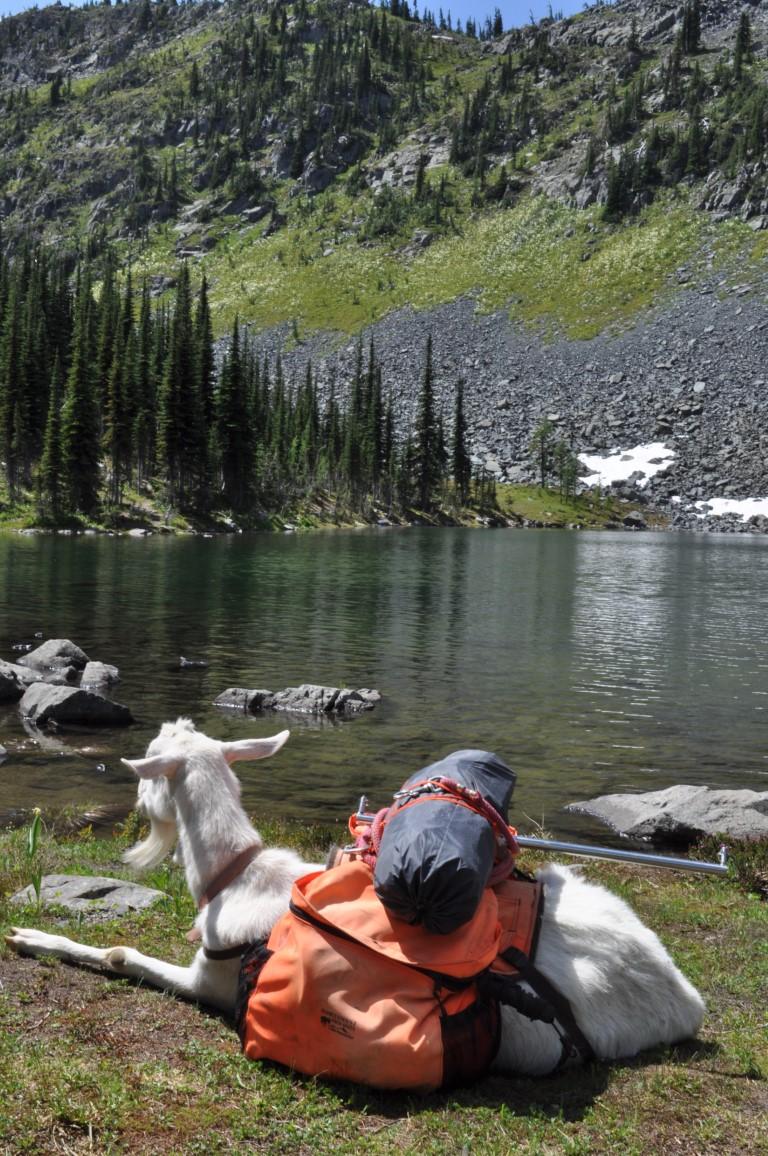
In addition to size, there’s another misconception about goats. When some people think of goats, they think of their rather, ahem, odiferous qualities. But it’s only the billies that stink; does and wethers (castrated males) have very little smell, more like livestock than something that died and is in the process of going away. And if a person likes goat’s milk, a doe can make a good pack animal with the added bonus of fresh milk in camp. Horns are optional, but disbudded, or dehorned goats are less of a problem. Once a goat learns why it has horns, other goats (and people) become fair targets, especially if you turn your back and bend over. But any disadvantages are cancelled by a pack goat’s usefulness. On hunting trips, I let Grover go light so there’s plenty of room in his panniers for harvested game. Often he follows me like a big dog. He doesn’t spook game; instead he attracts it. For example, deer are curious and sometimes sneak up on Grover to find out what he’s all about. And for people like me with a decided lack of ability to spot game, Grover usually spots the critters before I do, and lets me know by stopping and staring. On backpacking trips, Grover carries the tent, sleeping bag, cooking gear, and food. I carry the fishing gear; I don’t trust that goofy goat with a $500 fly rod.
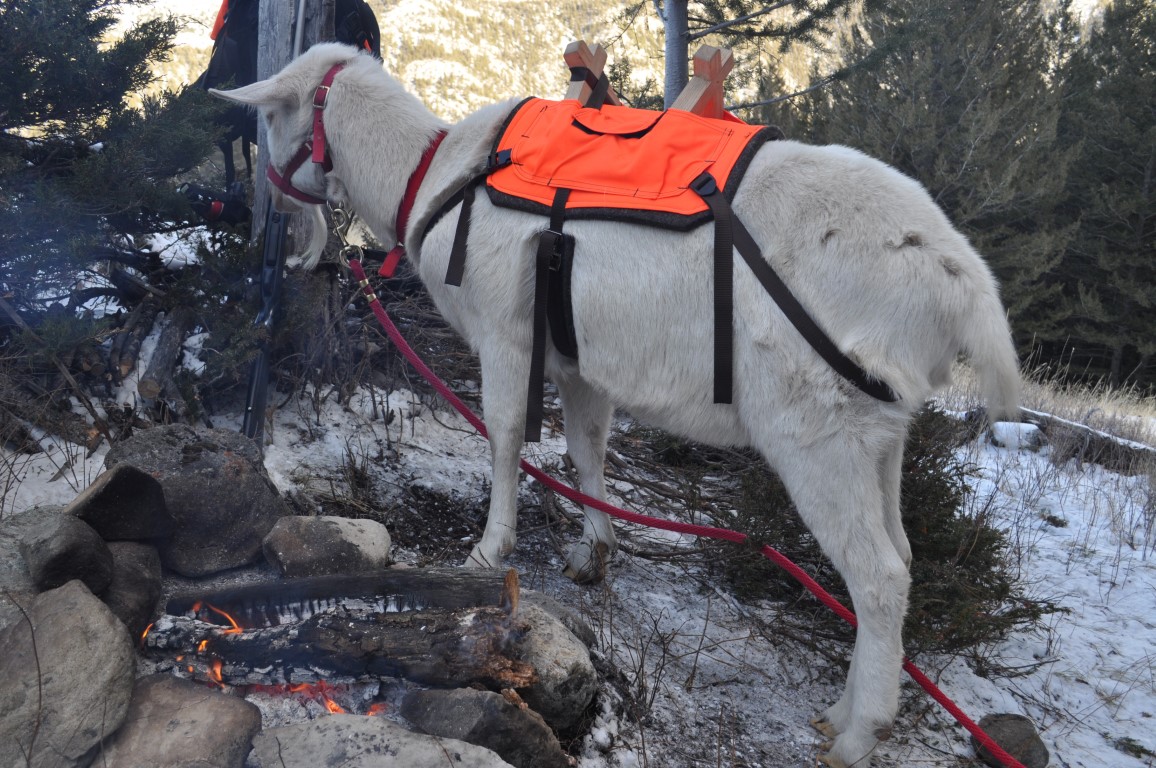
Regarding the subject of food, here’s another pack goat advantage. Because they eat everything (except tin cans, although Grover once tried eating a plastic flower), packing food for a goat isn’t necessary. They also don’t have to be shoed, they don’t buck, bite, or kick, they’re usually cooperative, easily trained, keenly resourceful, and won’t spit in your face like a llama might. Once on a backpacking trip with a friend we encountered a fallen tree across the trail. There was no way to go around the tree or under it due to the brush, but my friend and I were able to crawl across. This left Grover on the other side of the tree from us, with panniers full of backpacking gear. My friend asked if we should unpack Grover and help him over the tree. I said, “No, let’s just leave him. He’ll figure it out.” On an intelligence scale, goats are about equal to a dog, so I wasn’t worried about Grover although he loudly voiced his displeasure about my decision. Ignoring him, we continued down the trail. Sure enough Grover soon appeared behind us, trotting to catch up. The look on his face said, “Hey! Why did you leave me there? There’s bears and stuff!” Speaking of bears and stuff, on another backpacking trip my partner asked me if I was worried about bears coming into camp at night. I told him, “No, I’m not worried. I’m going to sleep like a baby, because I have two burglar alarms: the goat and you.”
Caring for pack goats is pretty simple compared to other kinds of pack animals. Grover spends most of his time in a 16X48’ enclosure made of 50” cattle panels, which size-wise is quite generous. Pack goats can get by with 100 square feet each, and some kind of shelter or lean-to in order to get out of the weather. Some goat packers even keep their stock in a fenced back yard (goat “raisins” make good lawn fertilizer). Add a mineral block, provide them with daily fresh water, deworm them a couple of times each year, and they’re happy. As far as getting them to the trailhead is concerned, a half-ton pick-up bed with extended sides works just fine for two or three goats. Speaking of multiple goats, goats are herd animals and don’t like being alone. For a goat, life is about eating, sleeping, and hangin’ with the herd. They like having buddies, once they decide which one of them going to be “King Goat.”
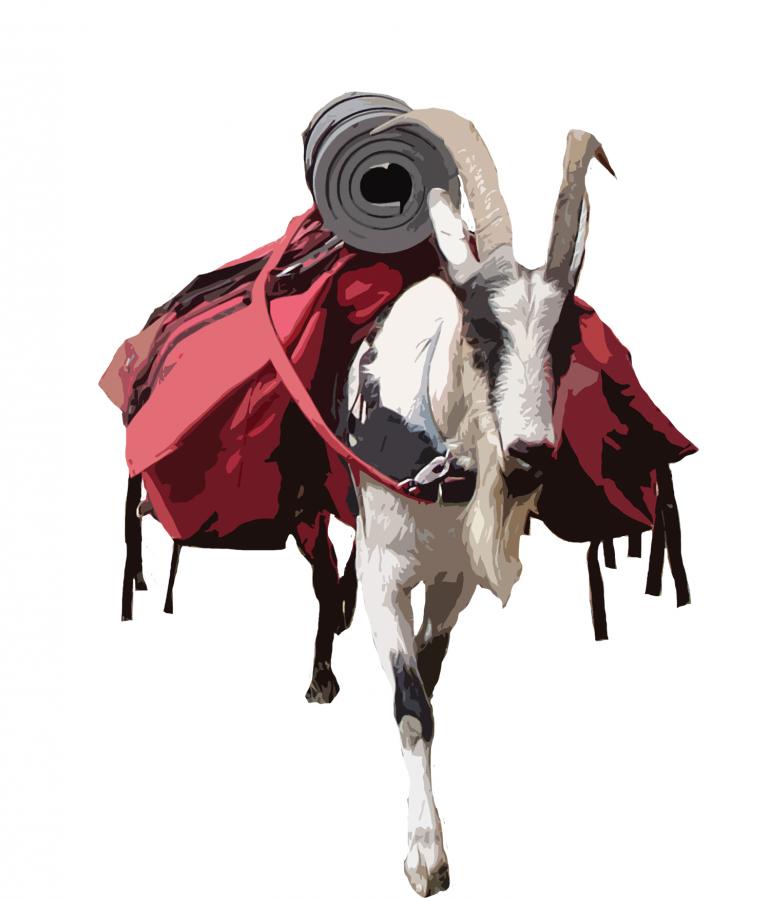
In addition to being easily cared for, goats are easy to come by. Sometimes the price is free, just come and get ‘em. However, the tack for goat packing can get spendy; figure $300-$400 for tack, and about $300 per year for feed and miscellaneous. Finding and buying a fully trained adult pack goat is difficult, because they have to be trained and it takes three years or so for them to get big enough to pack a decent amount of weight. By that time, the goat packer has such a substantial investment in time and resources that they just don’t let them go. In most cases training is up to the goat packer. This is actually a good thing; a baby goat bonds easily with its owner and the owner becomes King Goat of the Herd without too much trouble. Also, while in training and growing big enough for packing, goats are pretty good at mowing lawns and eating brush. If the grass and brush doesn’t grow fast enough, goats can get by quite nicely on grass hay and a handful of grain now and then as a treat.
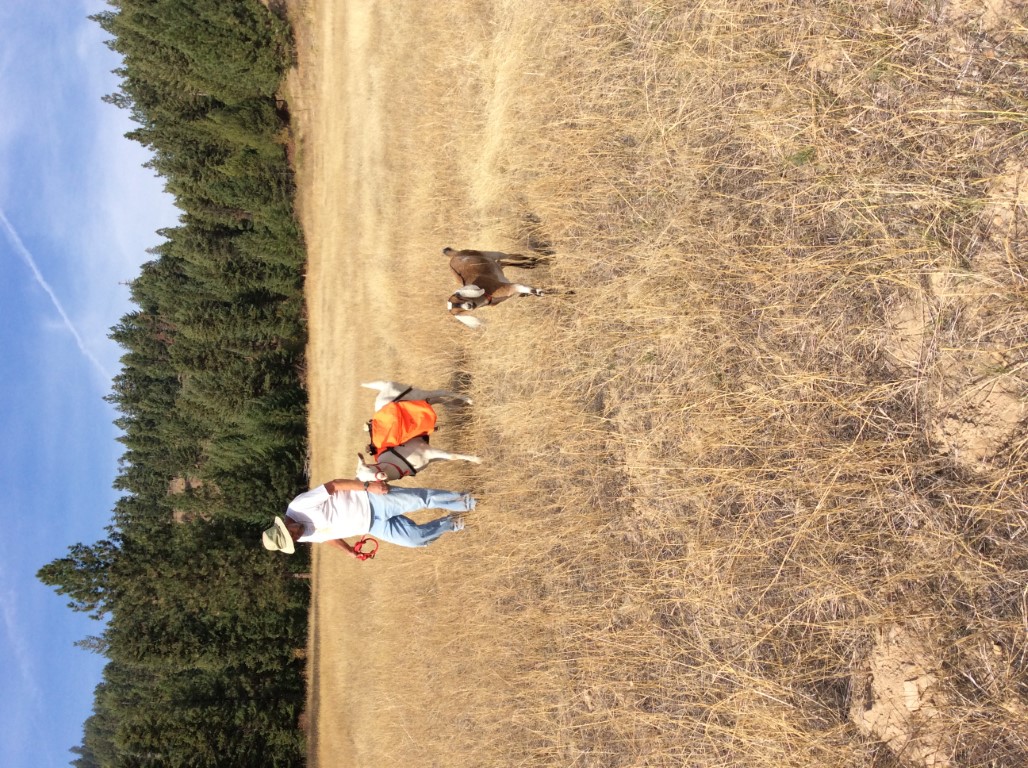
If you think you might want to try goat packing, I say go for it. Just be ready to stop on the trail so curious hikers can snap a photo or two. If you can handle this attention, I suggest some resources for reading and research. The first is a book titled "The Pack Goat", by John Mionczynski. Mr. Mionczynski is considered the father of goat packing in America. Another helpful book is, Practical Goatpacking [sic], by Carolyn Eddy. In addition, you might also like the online forum PackgoatCentral.com. Youtube.com is another option. Lastly, try Googling “Pack Goat” and prepare to be inundated with info.
Just one word of caution: Don’t let anyone get your goat.












Leave a Comment Here